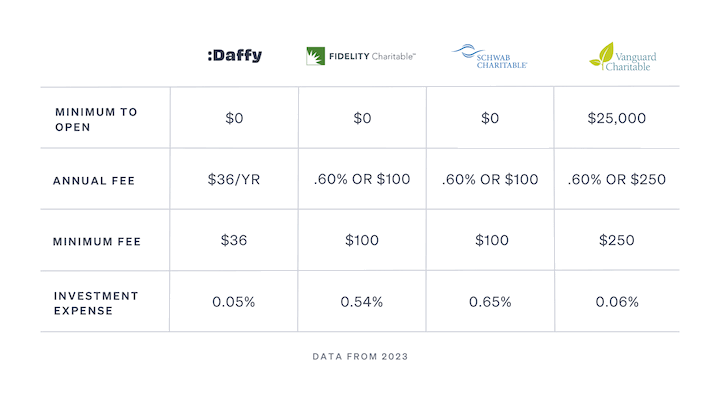
Updated review 2023. A donor-advised fund (DAF) helps you manage the timing of your charitable giving while also maximizing your tax benefits (allowing you to give more). You get the tax break at the time of contribution, which means you can give more when your income and tax rates are higher.
Donating appreciated stock or mutual fund shares (or crypto) is one of the most efficient ways to donate. You avoid both paying taxes on capital gains and get a tax deduction for the full current market value if you itemize. Here is an examples of the double tax advantage of donating appreciated stock. Your contributions can then be invested to grow a tax-deferred manner until you decide to make a grant to the charities of your choice.
One problem for small investors is that the “Big 3” of DAFs: Fidelity, Vanguard, and Schwab all charge annual administrative fees of 0.60% of assets with a minimum fee of $100 to $250. (Update: As of 2024, Schwab no longer has a minimum asset-based fee.) In addition, you are usually stuck with a limited menu of investment options, many of which may have expense ratios that are higher than common index ETFs. Vanguard has cheaper options, but they have a $25,000 minimum opening amount. Both the account management fees and portfolio investment fees are funds skimmed away from the charities themselves.
Daffy is a newer DAF startup that charges only $3 a month, or a flat $36 a year regardless of asset size. Importantly, this tier now also allows the donation up to $25,000 in appreciated stock (lifetime cumulative). Their 13 preset portfolios include ones with four low-cost and broad Vanguard ETFs (VTI, VXUS, BND, and BNDX) with a rock-bottom overall expense ratio of as low as 0.05%.
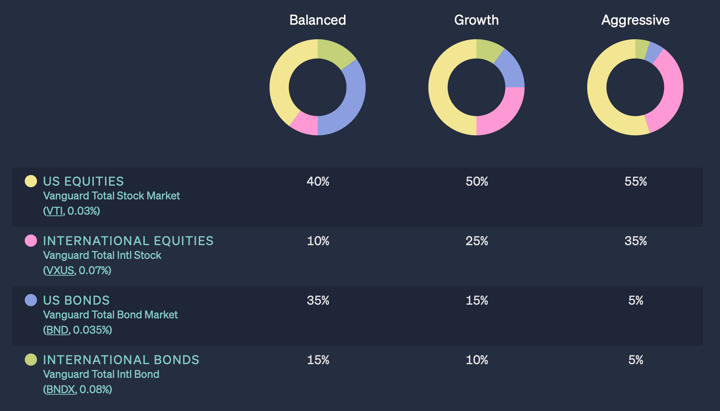
If you are an individual investor that also wants to donate a modest amount of appreciated stock from any brokerage, the end result is that with Daffy, a larger percentage of your donation will end up going to charity.
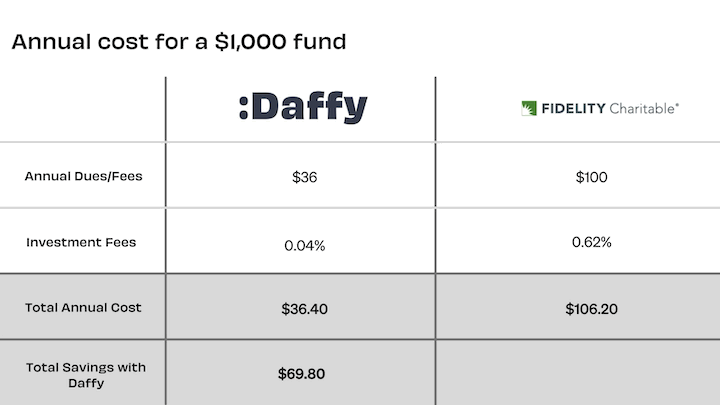
Personally, I’ve had a Fidelity Charitable DAF for a few years now, and it has been a smooth experience even though I am a small fry customer. I am able to donate appreciated assets from my Fidelity brokerage accounts with ease, and then give most of it away. I don’t maintain an exceptionally large balance (so I worry less about the portfolio fees), and my fees are the $100 a year minimum.
Other competitors include CharityVest, which has a higher $4/month minimum (0.40% asset-based) but also no limit on the amount of appreciated securities that you can donate. The 0.40% asset-based fee does mean that starting at a $12,000 balance, you are going to exceed the $4/month minimum. They do offer a low-cost ETF portfolios.
$25 referral bonus (for charity). I have just opened a Daffy account to try them out. I was able to contribute up to $1,000 initially via credit card with no processing fees. I discovered that if you open via a my Daffy referral link, you will get an extra $25 in your DAF after funding. If four people open with my link, I will get $100 added to my charitable fund. (All proceeds on both sides go into the DAF, and thus will eventually go to a charitable non-profit.)
Bottom line. If you plan on donating modest amounts of appreciated assets under their $25,000 lifetime limit, then Daffy is the lowest-cost DAF that I am aware of that lets you manage the timing of your charitable contributions and invest it tax-free until you decide to make a grant. (Update: As of 2024, Schwab no longer has an asset minimum. Thus, if you hold less than $6,000 in the Schwab DAF at 0.60% fee, then your annual account fee will be lower than Daffy’s flat $36 a year.)


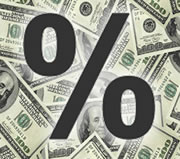


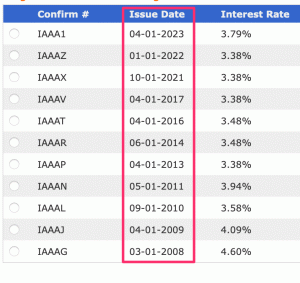
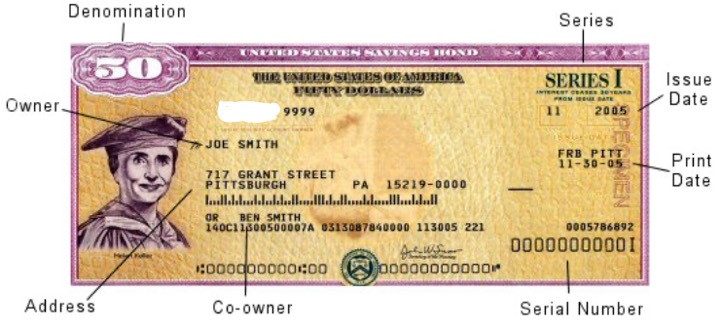
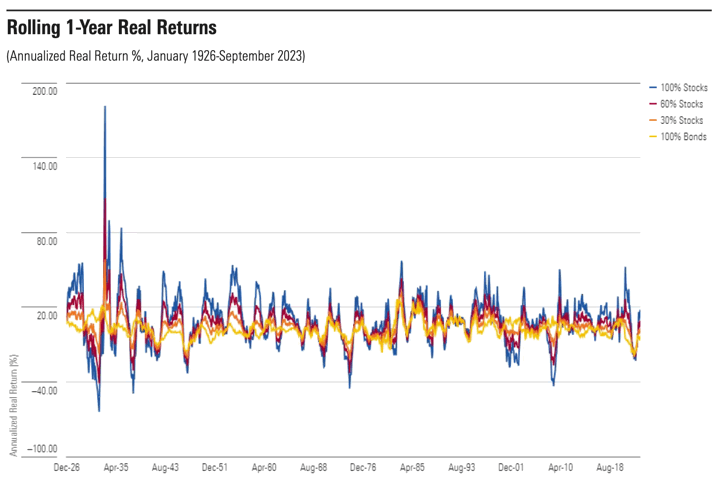
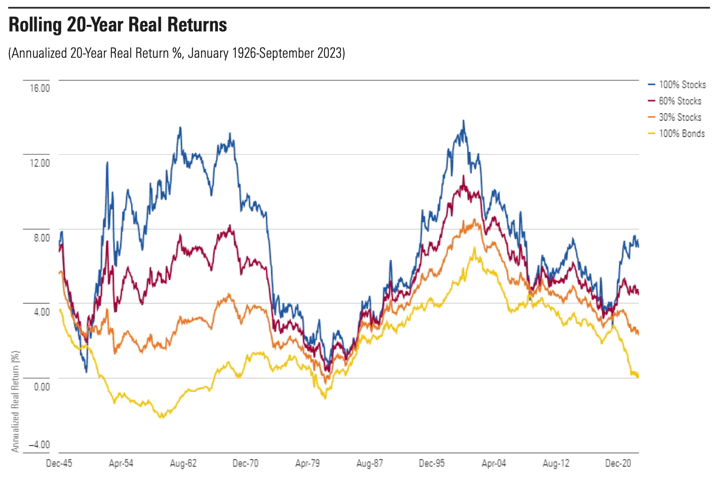

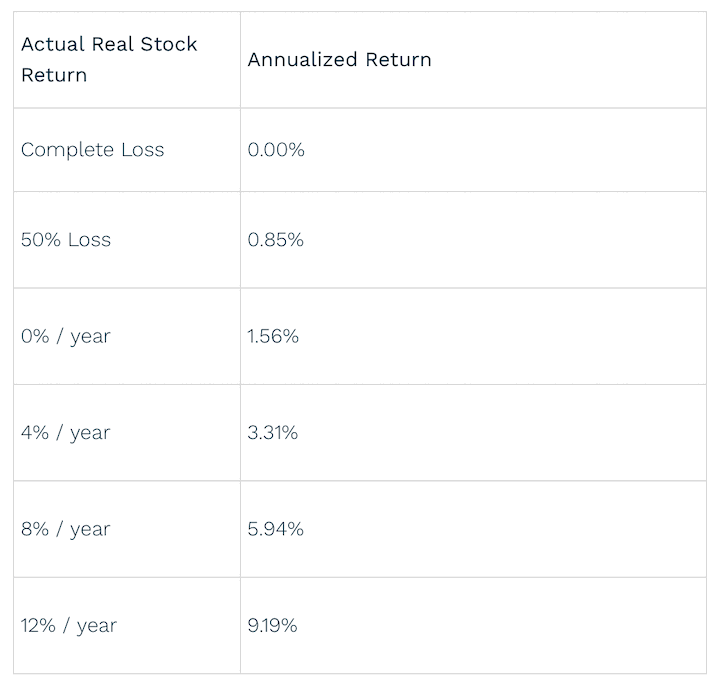
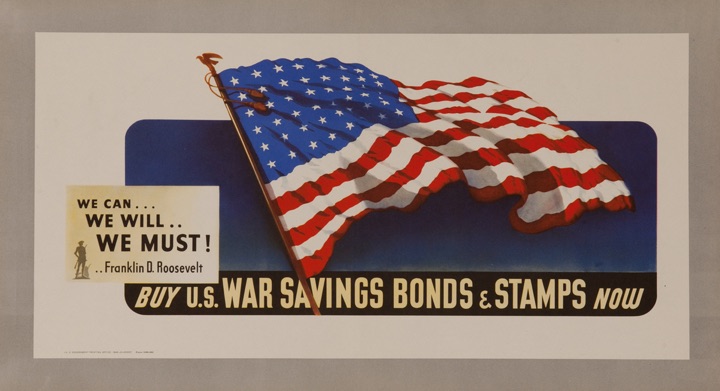
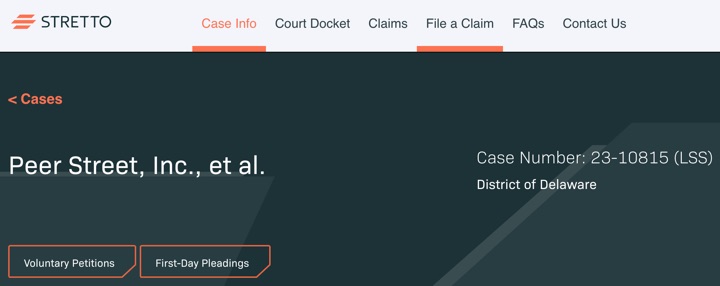
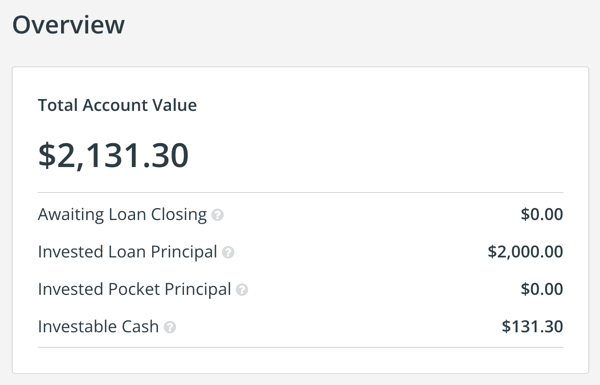
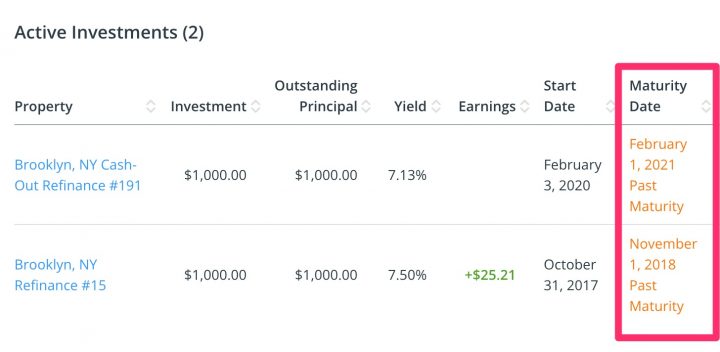
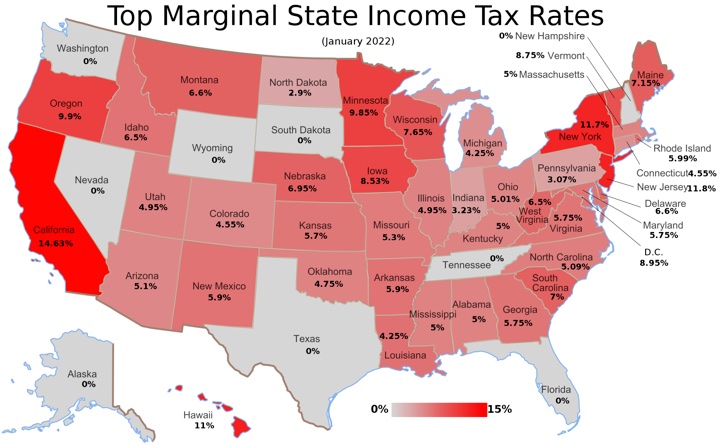
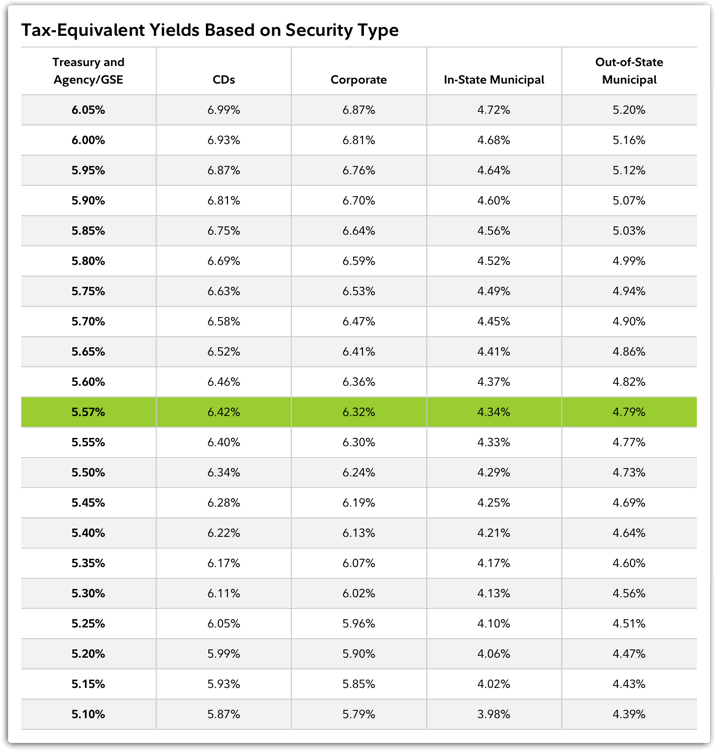
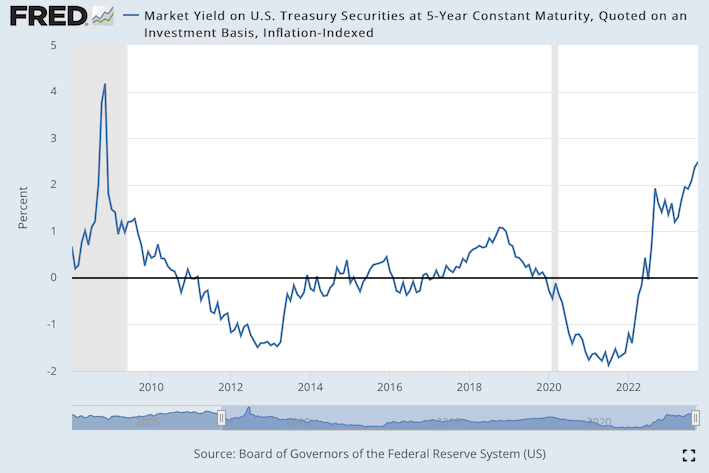
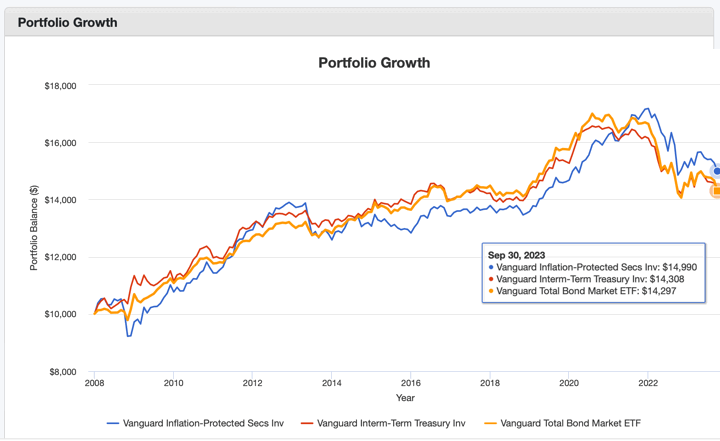
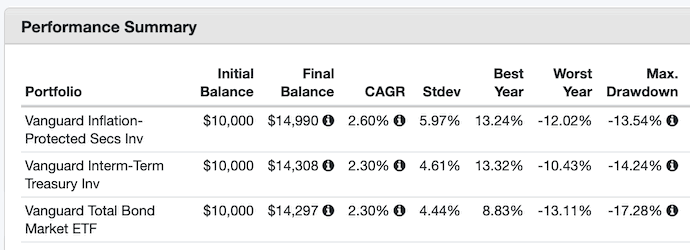
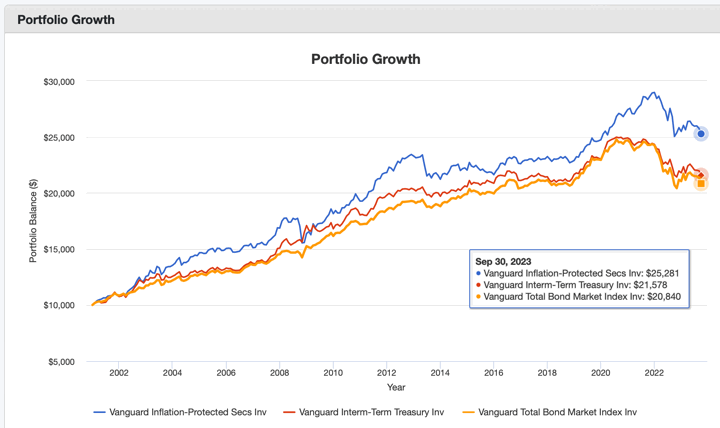


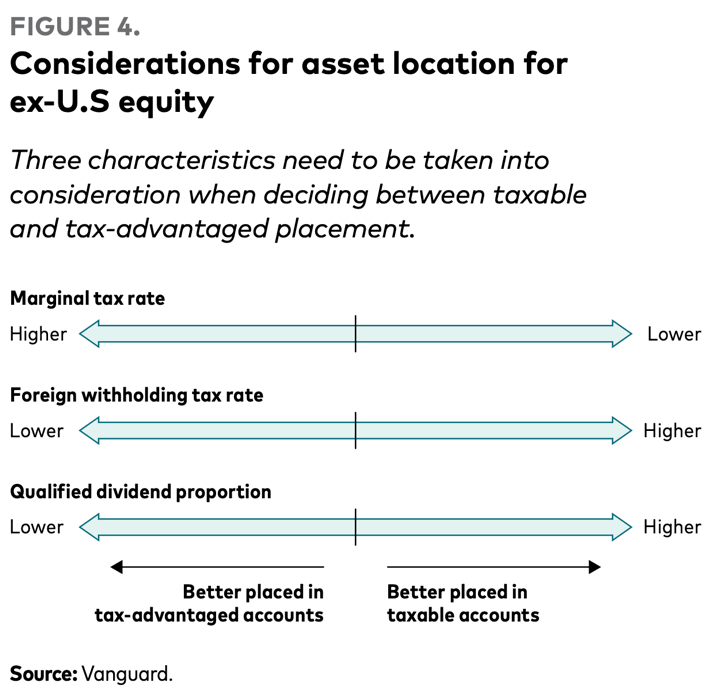


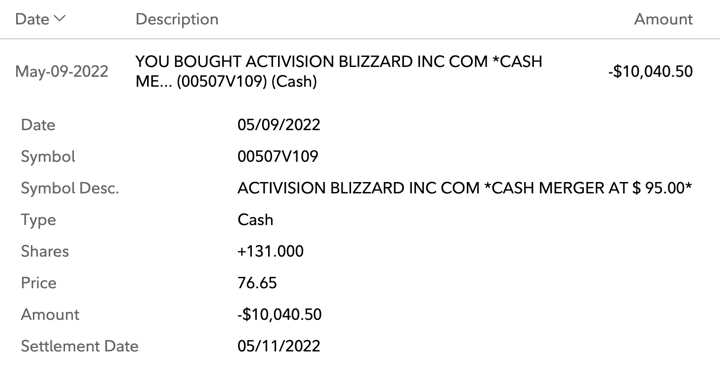
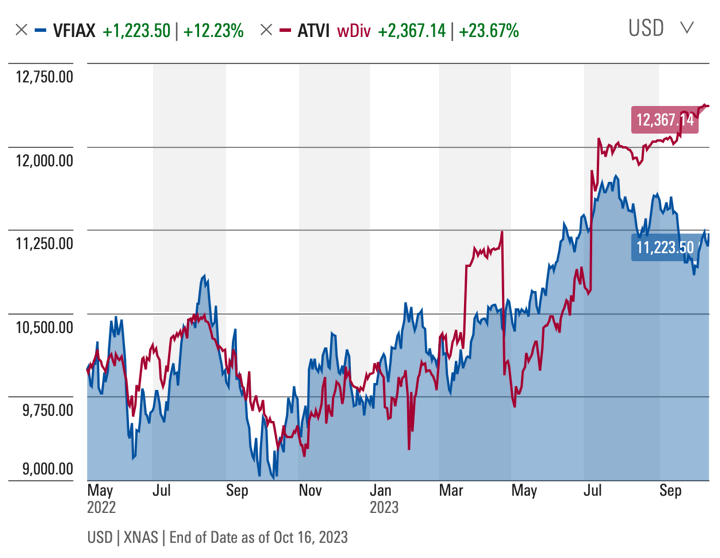
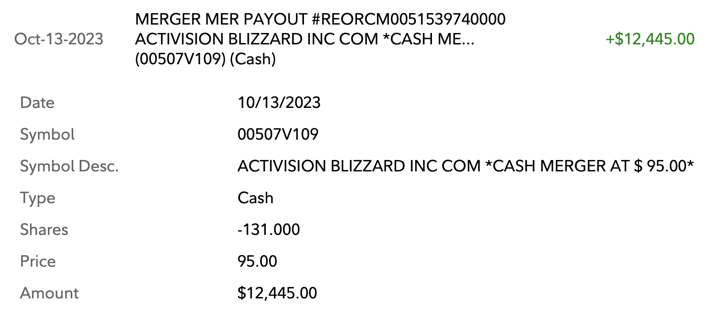
 The Best Credit Card Bonus Offers – 2025
The Best Credit Card Bonus Offers – 2025 Big List of Free Stocks from Brokerage Apps
Big List of Free Stocks from Brokerage Apps Best Interest Rates on Cash - 2025
Best Interest Rates on Cash - 2025 Free Credit Scores x 3 + Free Credit Monitoring
Free Credit Scores x 3 + Free Credit Monitoring Best No Fee 0% APR Balance Transfer Offers
Best No Fee 0% APR Balance Transfer Offers Little-Known Cellular Data Plans That Can Save Big Money
Little-Known Cellular Data Plans That Can Save Big Money How To Haggle Your Cable or Direct TV Bill
How To Haggle Your Cable or Direct TV Bill Big List of Free Consumer Data Reports (Credit, Rent, Work)
Big List of Free Consumer Data Reports (Credit, Rent, Work)